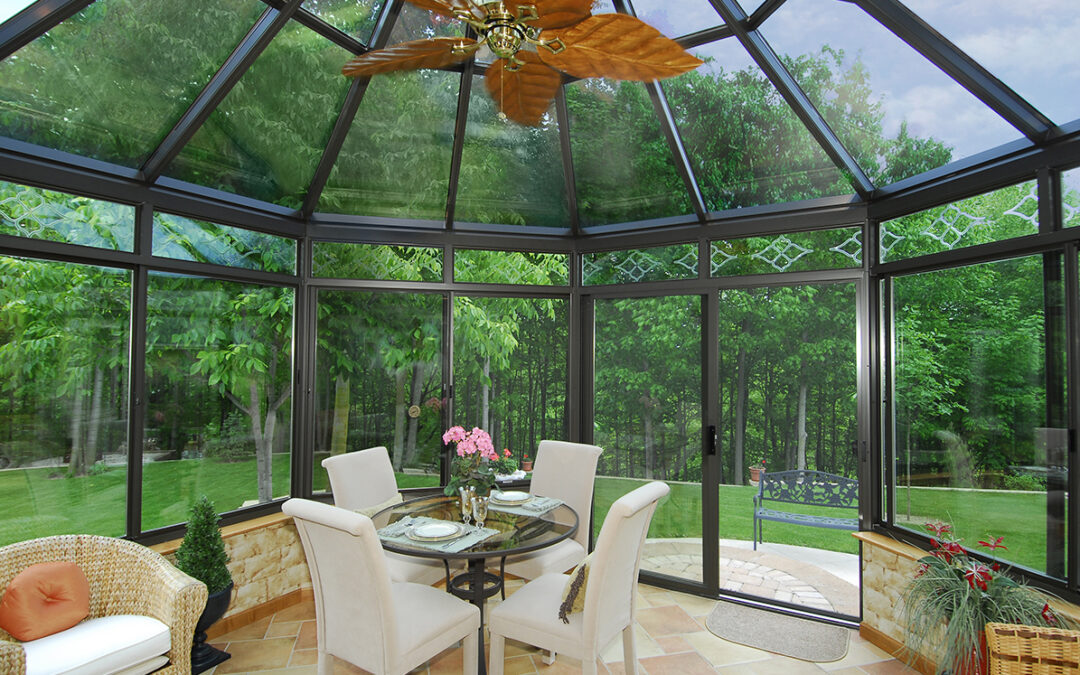What is a Conservatory Room?
A conservatory room is a bright, versatile space that blends the indoors with the outdoors. Often featuring large glass walls or windows and a glass roof, this type of room is designed to let in plenty of natural light while maintaining a comfortable, climate-controlled environment. In many homes, a conservatory room serves as an extension of living space, a sunlit dining area, or a relaxing retreat that can be used year-round with proper heating and insulation. Below, we explore what defines a conservatory room, its benefits, and practical considerations for planning one.
Defining a Conservatory Room
Conservatory rooms are typically constructed with extensive glazing, such as panoramic windows, French doors, or bi-fold doors that open to the garden or patio. The key characteristics include:
- Abundant natural light from windows and a glass roof
- A seamless connection to outdoor spaces
- A climate-conscious design to manage heat in summer and warmth in winter
- A frame or structure that supports large glazing areas, often with uPVC, aluminium, or timber
While the term can be used loosely, a true conservatory room is often distinguished from other extensions by its emphasis on daylight, views, and a lighter, more glass-forward aesthetic compared to a solid-walled conservatory or sunroom.
Uses and Functions of a Conservatory Room
A conservatory room can perform many roles within a home, depending on lifestyle and needs:
- Living space: A bright lounge where you can read, entertain guests, or relax with a cup of tea.
- Dining area: A sunlit place for everyday meals or special occasions, benefiting from the garden views.
- Home office: A cheerful, distraction-free workspace with plenty of natural daylight to boost mood and productivity.
- Playroom or hobby space: A dedicated area for crafts, music, or creative projects with inspiring light.
- Seasonal retreat: A place to enjoy the outdoors during milder weather while staying comfortable indoors.
Design Considerations
Creating a successful conservatory room involves balancing aesthetics, comfort, and practicality. Consider the following:
- Insulation and Heating: Glass can let in heat in summer and cold in winter. Look for double or triple glazing, low-emissivity coatings, and efficient heating options such as underfloor heating or tiled floors with thermal mass.
- Temperature Regulation: Install blinds, roof vents, or retractable shading to control sun glare and heat buildup.
- Flooring: Choose flooring that suits the climate and foot traffic. Tiles, timber, or warm vinyl can work well, with rugs to soften the space.
- Furnishings: Select weather-appropriate furniture and durable fabrics that can withstand sun exposure without fading.
- Accessibility: Ensure doors and thresholds provide easy access to the garden and interior rooms.
- Privacy and Security: Consider frosted or obscured glazing on certain panels and robust locking mechanisms for doors.
Building and Regulation Considerations
When planning a conservatory room, it’s important to check local building regulations and potential planning permissions. In some regions, a conservatory might be treated as a permitted development, while in others, you may need planning consent or building regulations approval. Consulting with a professional architect or builder can help you understand:
- Structural requirements for supporting large glazing areas
- Materials selection for durability and insulation
- Compliance with energy efficiency and fire safety standards
- VAT, grants, or incentives for energy-efficient extensions
Budgeting and Value
Costs for a conservatory room can vary widely based on size, materials, and finish. Typical factors influencing price include:
- Glass type and roof design (solid-roof conservatories tend to be more expensive but offer better year-round comfort)
- Insulation, heating, and cooling systems
- Flooring, plastering, and decorating
- Structural work and foundations A well-designed conservatory room can add value to a home by expanding living space and expanding the potential for day-to-day enjoyment of garden views.
Maintenance and Longevity
Maintaining a conservatory room involves regular cleaning of glass, checking seals around glazing, and ensuring drainage and guttering are clear. Roof maintenance is crucial to prevent leaks. Regular attention to the structure, windows, and doors will help preserve energy efficiency and comfort over time.
Final Thoughts
A conservatory room stands as a bright, inviting space that merges indoor comfort with outdoor scenery. Its defining feature—extensive glazing that floods the space with natural light—creates versatile living areas suitable for relaxation, work, dining, or hobbies. With thoughtful design, proper insulation, and mindful budgeting, a conservatory room can become a cherished part of daily life, offering year-round enjoyment and a stronger connection to the outdoors. If you’re contemplating an home improvement project, a conservatory room is worth exploring as a way to enhance lifestyle and home value while celebrating light and nature.
Visit our blog page for more interesting articles


Recent Comments